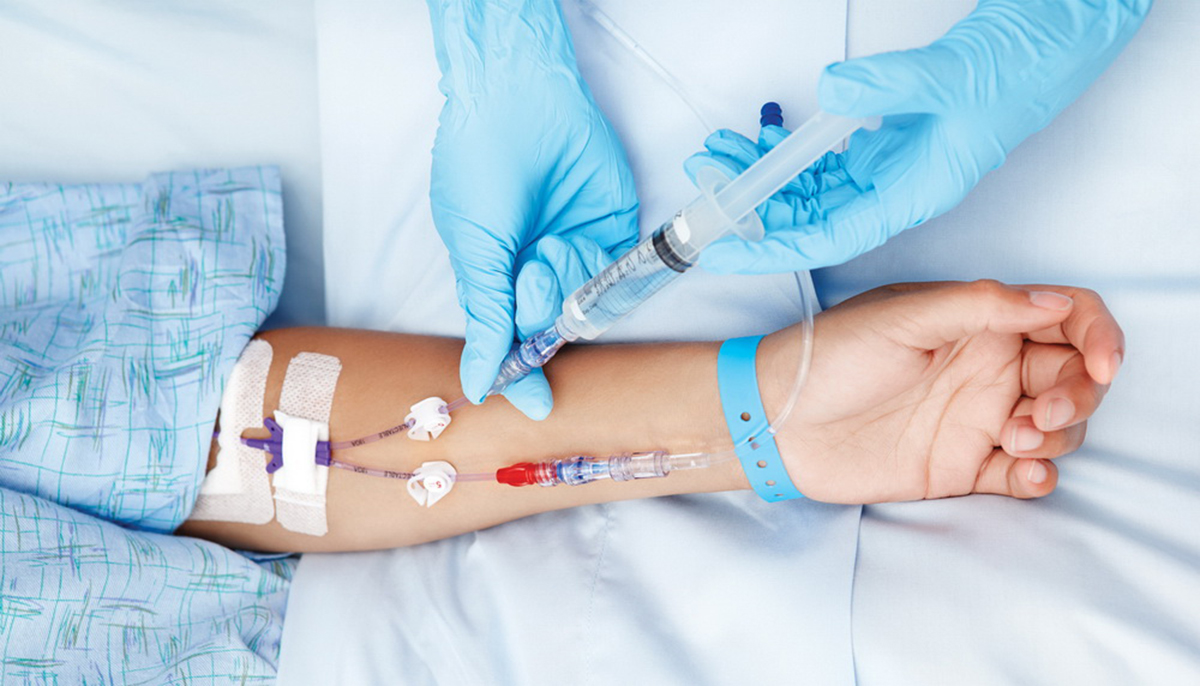Table of Contents
Tests and Diagnosis
It is important to correctly diagnose the causative agent of an intestinal infection so that appropriate treatment may be given. In this case, a stool culture is the confirmatory test, since Shigella would be present in the feces of the infected individual.

Other examination/tests include:
- Monitoring blood pressure: This will be low in the case of an infection.
- Physical Exam: Abdominal tenderness
- White blood cell count: Levels will be raised due to the infection.
- Stool test for occult blood and white cells: White blood cells may also be present in the stool.
Treatment of Shigellosis
Medications to stop the diarrhea (anti-diarrheal drugs) might prolong the infection. Hence they are usually not given.
Electrolyte solutions are generally prescribed. In case of an aversion to the solutions or otherwise, these solutions may be administered intravenously.
Antibiotics may be given in severe cases. They speed up recovery and help prevent the infection from spreading as well. Always discuss any side-effects that you may experience from the medicine with your doctor.
Treatment at Home
Home treatment for shigellosis (for children and adults) primarily involves two kinds of therapies:
- Oral Rehydration Therapy (ORT): This is for the people who are well enough to drink liquids. It comprises of drinking an electrolyte solution to restore the lost water and salts. It is especially important for those who have severe diarrhea and vomiting.
- Dietary Therapy: Once the diarrhea and vomiting subside, one should start consuming bland and soft foods first. If the body tolerates them, a normal diet can gradually be resumed.
Treating shigellosis at home also involves the following:
- Consuming plenty of fluids to prevent dehydration.
- Practicing proper hygiene especially after using the toilet.
- Avoiding dairy and fermented products.
- Taking over-the-counter non-steroidal or anti-inflammatory medication to relieve pain. Always take medication as prescribed by the doctor.
- Always complete the course of your medication and don’t skip a dose, even if you think you feel better. This decreases chances of a recurrent infection.
Prognosis - Outcome of the Treatment
In case of a mild infection, recovery often occurs on its own. However, the extreme diarrhea may delay the normal function of the bowel for many months.
Complications
- Hemolytic-uremic syndrome (HUS) - Kidney failure accompanied with anemia and clotting issues.
- Post-infectious arthritis - A very small percentage of people who contract Shigella flexneri may develop certain persisting complications, such as joint pain, pain in urinating and irritation in the eyes. This condition is known as post-infectious arthritis, and it may lead to chronic arthritis. A genetic predisposition to a reaction to Shigellosis is the underlying cause.
- Irritable Bowel Syndrome (IBS)
- Neurological problems and brain disease - About one out of ten children with a severe shigellosis infection may develop neurological problems and brain disease, along with headaches, confusion, lethargy and stiffness in the neck.
See Also: Is It Salmonellosis Or Some Other Food Poisoning Bacteria?
Prevention
The following measures can prevent the spread of shigellosis:
- Washing hands with warm water and soap carefully after using the toilet.
- Supervising small children who are not toilet-trained to maintain hygiene after using the toilet.
- The diapers of children with shigellosis must be disposed off very carefully. Everyone who handles the diaper must maintain proper hygiene as well.
- Try to keep infected children away from uninfected children.
- Following the basic food safety guidelines.
- Disinfecting drinking water.
- People with shigellosis should avoid preparing and handling food until they have fully recovered and are no longer infectious.
- Swimming pools should have soap in their bathrooms to prevent getting the pool contaminated.
- Adequately wash fruits and vegetables before eating or cooking them.
- Photo courtesy of isis325 by Flickr : www.flickr.com/photos/92708411@N07/8564368661
- Photo courtesy of Calleamanecer by Wikimedia Commons : en.wikipedia.org/wiki/Intravenous_therapy#mediaviewer/File:ICU_IV_1.jpg


Your thoughts on this